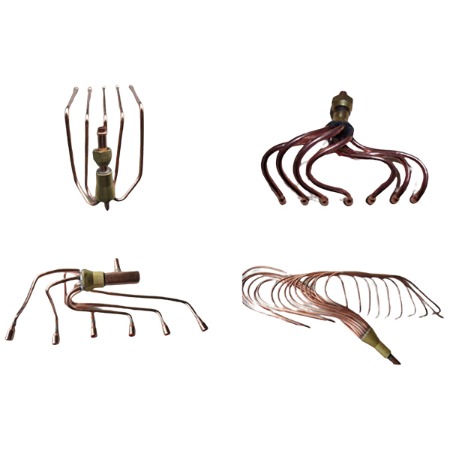The comfort of passengers is a major factor in the success of rail travel, and
railway air conditioning systems are an essential part of the modern experience. A properly installed system can help train operators make sure their trains run as efficiently as possible, while also minimizing fuel consumption.Providing a pleasant indoor climate is the top priority for train operators, no matter the weather or the number of people. To achieve this goal, air conditioning systems need to be designed with a wide cooling capacity range, incorporate vibration-resistant components and ensure efficient use of energy.

Maintaining a comfortable climate on a train is especially important during long-haul journeys. New rail air conditioning technologies can improve comfort by reducing the compressor’s power consumption by 25%, while ensuring high reliability and a long life span for the equipment.A breathable environment is important for the comfort of passengers, as well as for maintenance staff. To this end, a new system from Merak features pressure wave protection that reduces the impact of sudden changes in external pressure by closing ventilation valves.
Keeping viral particles from spreading across confined spaces is another benefit of HVAC systems. Depending on the HVAC mode, approximately 10% to 30% of a carriage’s interior volume is replaced with fresh air every minute.The global railway air conditioning systems market is segmented on the basis of type, component and geography. North America is expected to lead the industry over the forecast period, owing to the growing need of comfort while travelling on trains.
